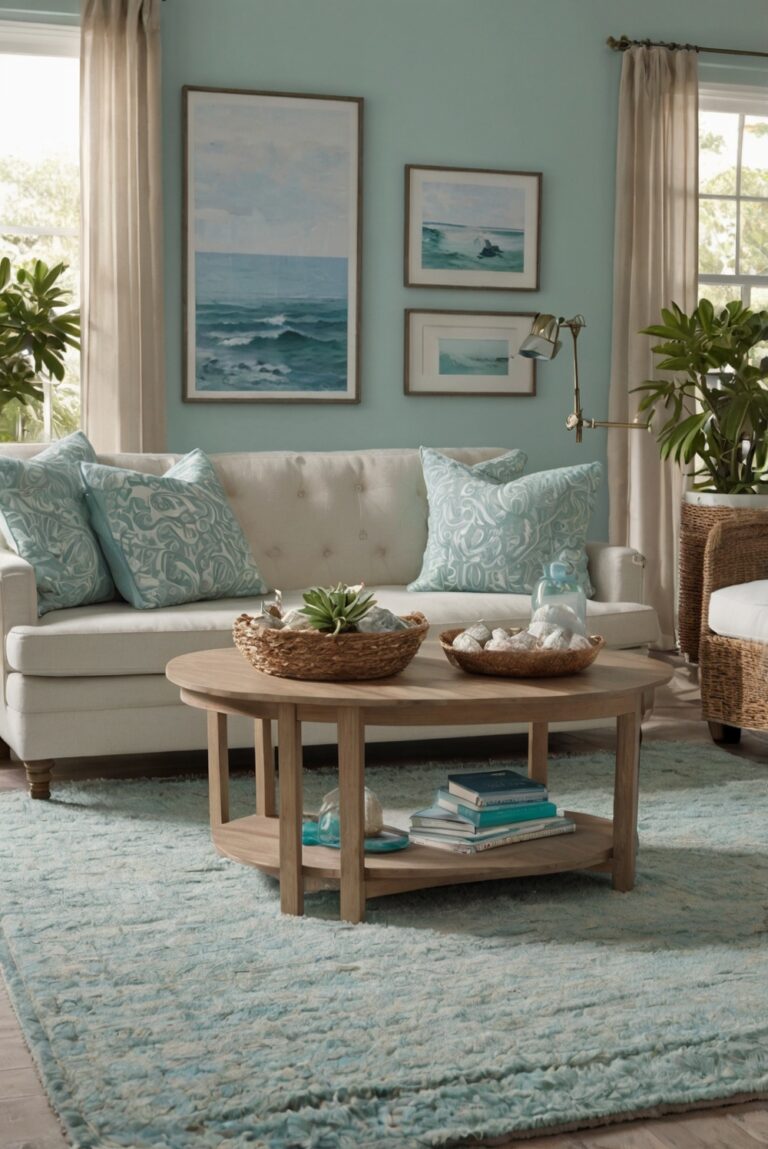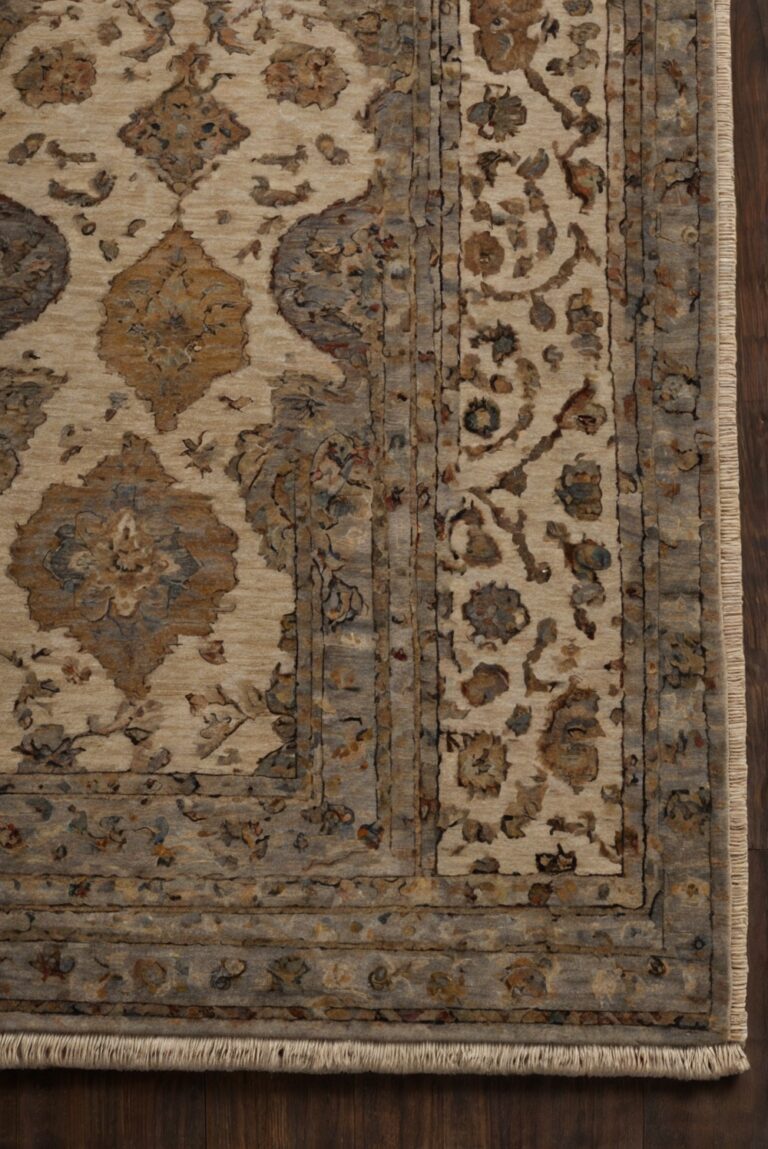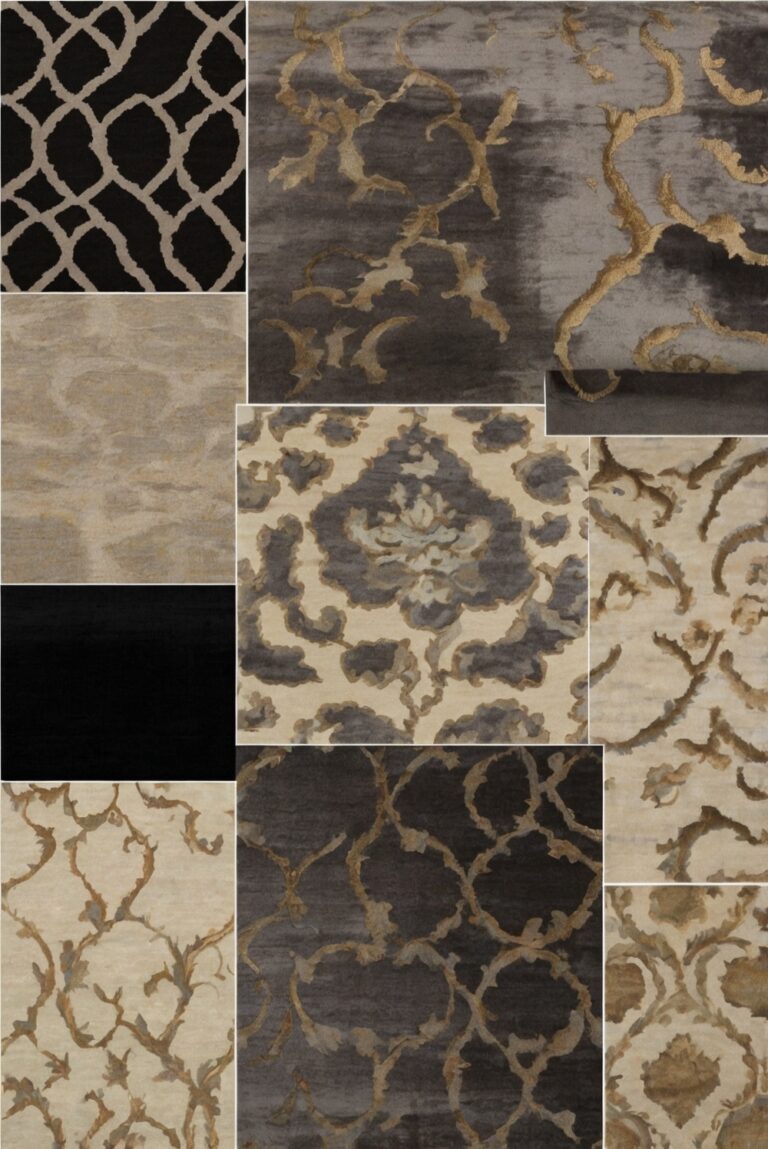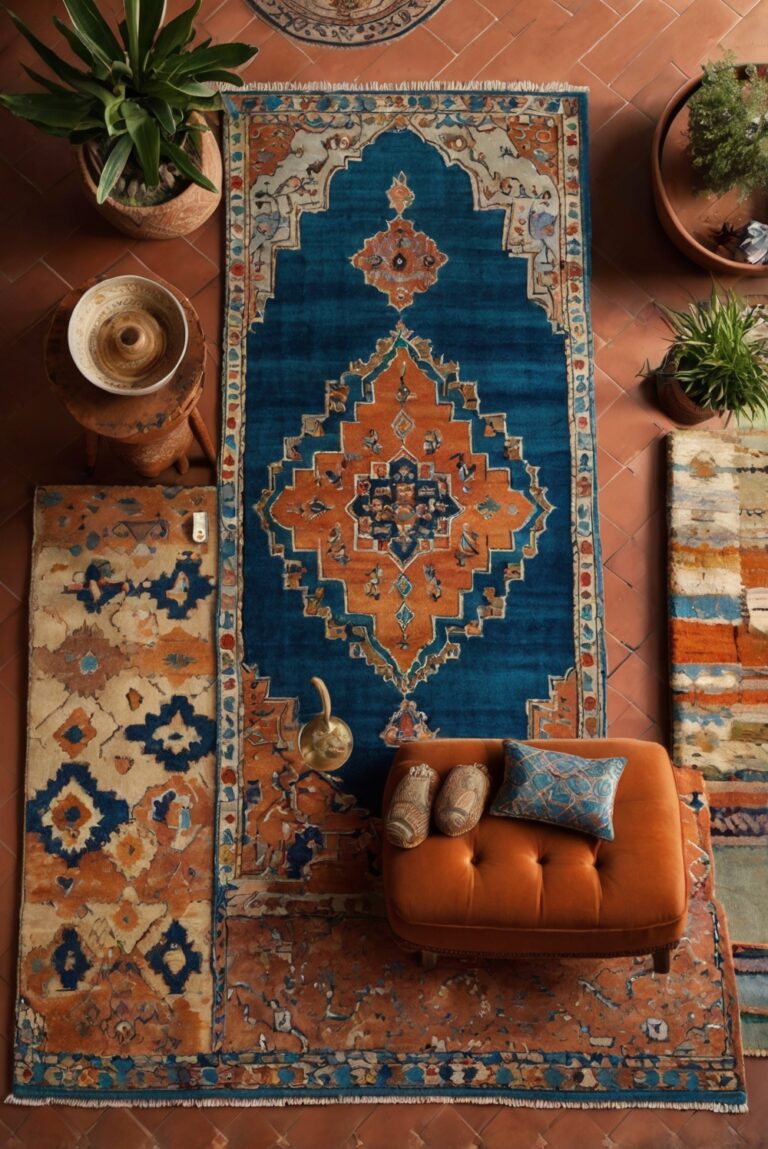Join us as we explore the art of selecting the perfect rug for a living room with multiple seating areas. Discover expert tips to elevate your interior design game!
How to Choose a Rug for a Living Room with Multiple Seating Areas?
As part of my daily home decor routine, when choosing a rug for a living room with multiple seating areas, consider the following:
1. Measure the space accurately to determine the size of the rug needed.
2. Opt for a rug that can unify the different seating sections and tie the room together.
3. Choose a durable material that can handle high foot traffic in the room.
4. Select a color and pattern that complements the overall decor of the space.
5. Ensure the rug is large enough to accommodate all seating areas without looking cramped.
How to Choose a Rug for a Living Room with Multiple Seating Areas?
Consider the Size:
When choosing a rug for a living room with multiple seating areas, size is crucial. The rug should be large enough to accommodate all the furniture in each seating area. Ideally, the rug should extend under the front legs of the sofas and chairs in all seating areas. This helps to visually tie the different areas together and create a cohesive look.
Define the Spaces:
Rugs can help define separate seating areas within a larger living room. To create distinct zones, consider using different rugs for each seating area. This can help to visually separate the spaces and make each area feel more intimate. Choose rugs that complement each other in terms of color and style to ensure a cohesive look throughout the room.
Choose the Right Shape:
The shape of the rug can also make a big difference in how it works in a room with multiple seating areas. Rectangular rugs are versatile and work well in most living rooms. However, if you have a round or oval coffee table, a round rug can help to anchor the seating area and create a more cohesive look. Consider the shape of your furniture and the layout of the room when choosing the shape of the rug.
Consider the Style:
When choosing a rug for a living room with multiple seating areas, it’s important to consider the style of the room. The rug should complement the existing decor and tie the different seating areas together. If you have a neutral color scheme, a bold rug can add a pop of color and create visual interest. On the other hand, if your room is already quite busy, a more subdued rug can help to balance the space.
Think About Maintenance:
Consider the maintenance of the rug when choosing one for a living room with multiple seating areas. High-traffic areas may require a more durable rug that is easy to clean. Look for materials that are stain-resistant and easy to vacuum. Additionally, consider the pile height of the rug – lower pile rugs are easier to clean and less likely to trap dirt and debris.
In conclusion, choosing a rug for a living room with multiple seating areas requires careful consideration of size, shape, style, and maintenance. By selecting a rug that is large enough to accommodate all the furniture, complements the style of the room, and is easy to maintain, you can create a cohesive and inviting space for entertaining and relaxation. Remember to define separate seating areas with rugs to create distinct zones within the room. With these tips in mind, you can choose the perfect rug for your living room with multiple seating areas.
1. What size rug should I choose for a living room with multiple seating areas?
When choosing a rug for a living room with multiple seating areas, the size of the rug is crucial. A good rule of thumb is to select a large enough rug that all the furniture in each seating area can sit comfortably on it. This helps to create a cohesive look and defines each separate seating space. Consider a rug that is large enough to extend beyond the coffee table and under the front legs of all the furniture in the seating areas to tie the room together.
2. What shape of rug works best for a living room with multiple seating areas?
The shape of the rug you choose for a living room with multiple seating areas can make a big impact on the overall look of the space. A rectangular rug is a popular choice as it works well with most furniture arrangements and helps to define the separate seating areas. However, if you have a round coffee table or want to add some visual interest, consider a round or oval rug to complement the furniture layout.
3. Should I choose a patterned or solid rug for a living room with multiple seating areas?
When deciding between a patterned or solid rug for a living room with multiple seating areas, consider the existing decor and furniture in the room. If your furniture is neutral or solid-colored, a patterned rug can add visual interest and tie the different seating areas together. On the other hand, if you have colorful or patterned furniture, a solid rug can help anchor the space and prevent it from looking too busy.
4. How can I coordinate different rugs in a living room with multiple seating areas?
If you have multiple seating areas in your living room and want to use different rugs to define each space, it’s important to create a cohesive look. Consider using rugs with a similar color palette or style to tie the different areas together. You can also vary the size and shape of the rugs to create visual interest while still maintaining a unified look. Experiment with layering rugs or using runners to connect the seating areas and create flow in the room.
5. Are there any rug materials that work best for a living room with multiple seating areas?
When choosing a rug for a living room with multiple seating areas, consider the material of the rug for both comfort and durability. Wool rugs are a popular choice as they are soft, durable, and easy to clean, making them ideal for high-traffic areas. Synthetic materials like polypropylene are also a good option for busy living rooms with multiple seating areas as they are stain-resistant and budget-friendly. Consider the maintenance and feel of the rug when selecting the material to ensure it suits your lifestyle and the needs of your space.







